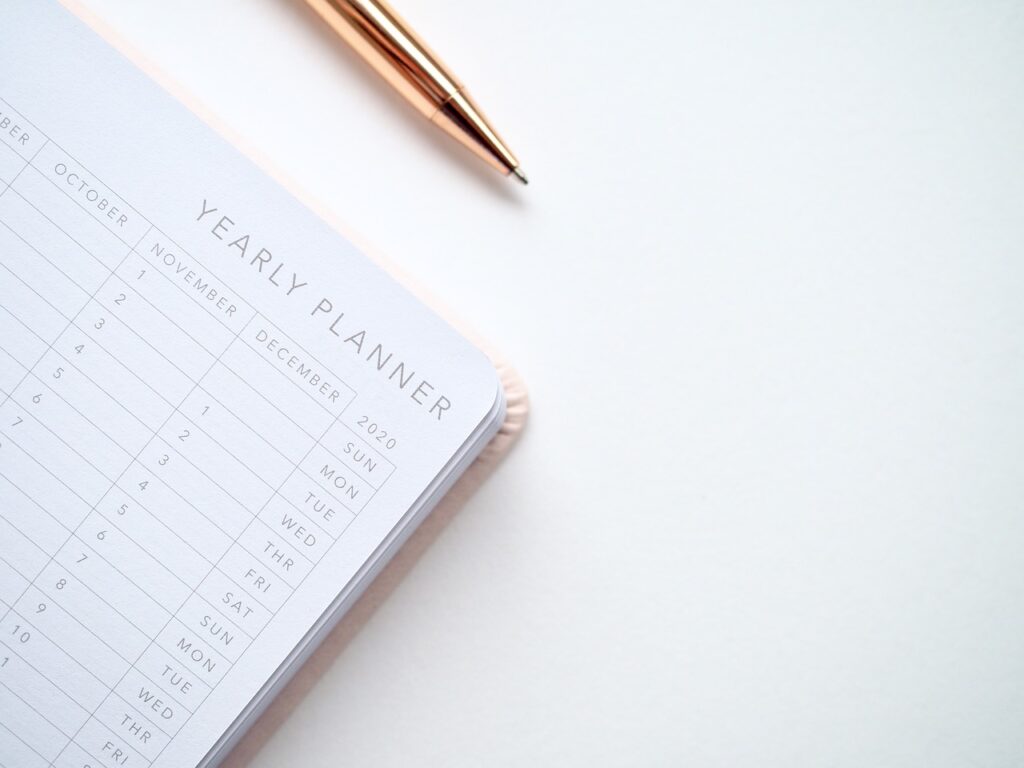How I got 3 job offers
Finding a job is all about working to a plan.
CV/RESUME
Your CV is like a flyer. When you apply for a job , what do you have on your CV that will make you stand out from the crowd? I would suggest to work on new skills that can be added to your CV by reading various articles or watching numerous YouTube videos. I would also suggest to have a resume that can be reviewed and updated periodically.
MULTIPLE APPLICATIONS
“It’s a numbers game.” In most instances, we may have to do multiple applications in order to secure one job. Most of the applications we make won’t be successful, so applying for multiple jobs increases our odds of finding work.
This is a great place to find employment. Most of the large employers are here as well as multiple employment agencies. Employment agencies and employers will also search here for staff. In many instances, you don’t have to apply for jobs as you can get many organisations approaching you about the jobs they have available.
When searching for jobs on Google input e.g. “IT jobs London”. Google will list a selection on jobs under a blue banner on the first page, click on this blue banner with, for e.g. “Jobs near London” to see the list of jobs. Google will bring together a large selection of jobs from all over the internet including LinkedIn. In some cases, Google will highlight jobs on that you may not have seen when you searched LinkedIn.
MY METHOD
I will always read the job description very carefully to try and get an idea of what the culture is like in the organisation I am applying to work in. In the same way that companies are always looking for employees that will be a good fit for them, we should also strive to find organisations that will be a good fit for us. I will generally apply for every job that is a good fit for me in terms of the following criteria:
Hours of work
Location
Travel Time
Salary
Etc..
I would try to average 5 to 10 applications a day. In the past, I have done in the region of 100 jobs application in the space of 1 to 2 months. This yielded me approx. 5 to 10 interviews and 3 job offers at the same time. When I was made the first job offer, I still had a few interviews lined up. So when the first offer was made to me, I explained to my potential employer that I still had interviews lined up and could I make a decision after my final interview. It can work in your favour telling a potential employer that you have a job offer.
In many instances, you become a more desirable candidate for the position and it could mean that an employer will make a quick decision on a job offer. After the final interview, I had 3 job offers on the table. I was able to secure the job that I wanted the most and in addition the job that was paying the highest salary of the 3 jobs.
INTERVIEW
Always prepare for interviews. Spend time to research the organisation that you are going to be interviewed for. I would try to find out about how an organisation works and try to find out about their culture and how staff function in the organisation. Look at possible projects that the organisation may have and discuss some of these projects in the interview. In addition, try to find out about the people who will be interviewing you. If I had secured a job before a future interview, when conducting the future interview, where possible, mention at the end of the interview that I had been offered another position.
VOLUNTARY WORK
This is a great option if you are out of work. As it shows any potential employer that you have been active while you are out of work and prevents any long gaps on your resume. It can also keep your skillsets up to date and allow you to learn new skills. It’s also an opportunity to contribute to your own or another community. Where possible, try to find relevant work based on the kind of employment you are trying to find as it will enhance your employment prospects.
NEXT STEPS
Do you have a plan in place?
Is your CV/Resume up to date?
Are you upgrading your skillsets?
Is your current job a good fit for you?













